Lions: The Roaring Billboards of the Savanna
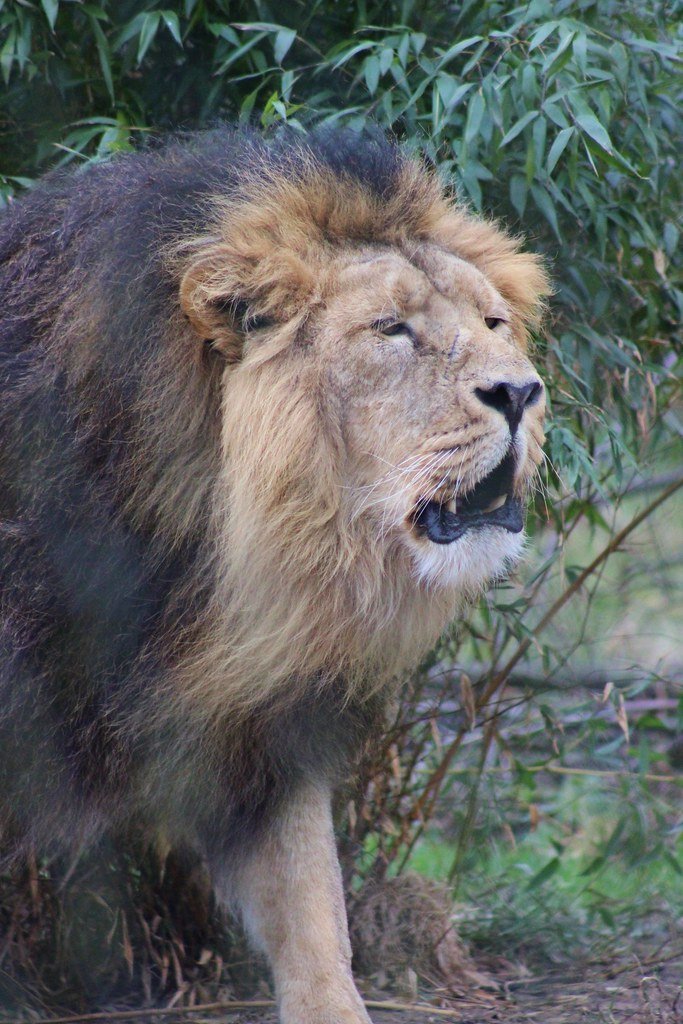
A lion’s roar can travel up to 5 miles across the African plains, serving as nature’s most powerful territorial announcement. These magnificent cats don’t just rely on scent glands to claim their space. When a pride wants to broadcast ownership, they coordinate their roars in a spine-tingling chorus that sends shivers down your spine.
Male lions patrol their territory boundaries with deliberate swagger, leaving claw marks on trees and depositing scent from special glands between their toes. But it’s that earth-shaking roar that truly defines their domain. Think of it as putting up a massive “Private Property” sign that everyone within a 20-square-mile radius can hear.
Tigers: Silent Assassins with Scratching Posts
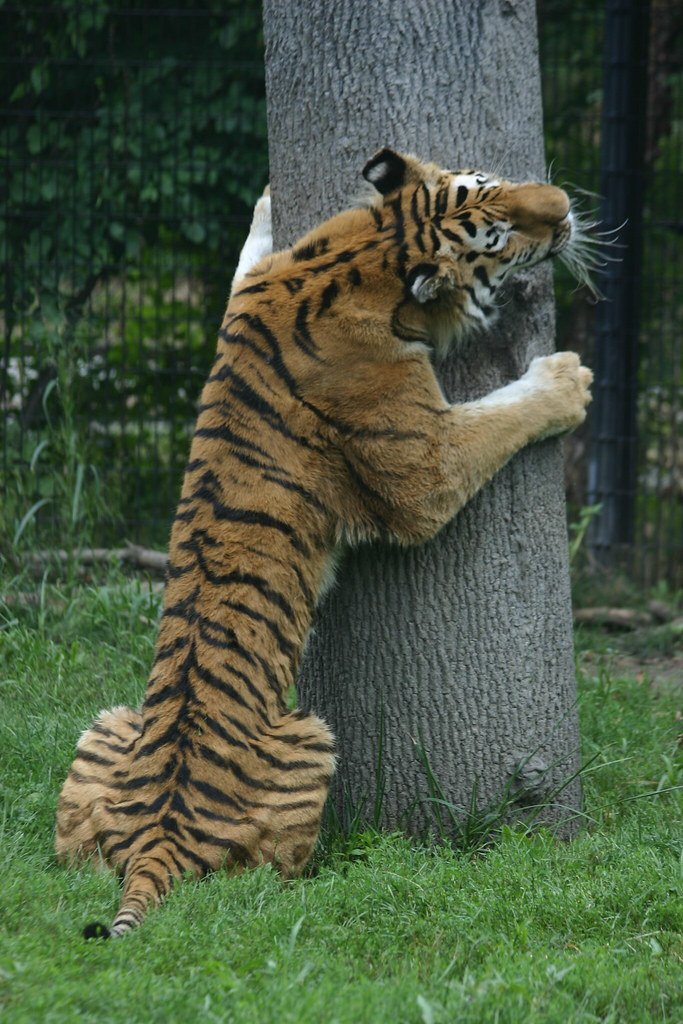
Tigers turn tree trunks into personal message boards, creating deep claw marks that serve as both territorial markers and muscle-stretching exercises. These solitary hunters patrol territories spanning up to 400 square miles, methodically updating their scratch posts like a cat checking social media.
What makes tiger marking unique is their precision. They select specific trees at strategic locations, often revisiting the same spots for years. The height and depth of their scratches communicate size and strength to other tigers. It’s like leaving your business card, but with razor-sharp claws.
Leopards: The Graffiti Artists of the Cat World
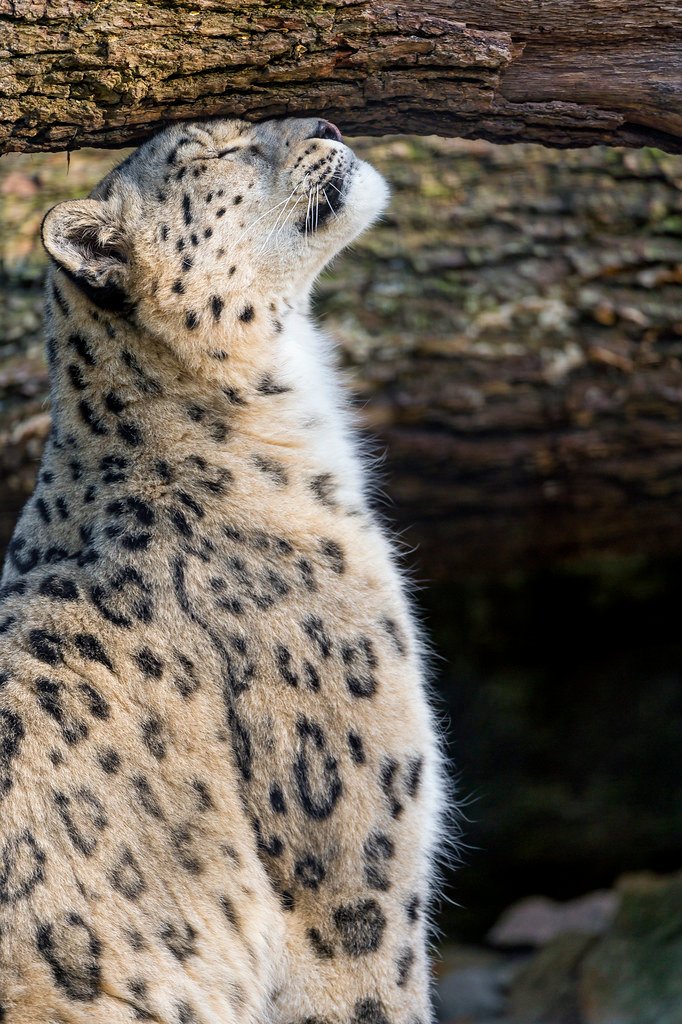
Leopards are the ultimate multitaskers when it comes to territorial marking. These spotted athletes use a combination of scent rubbing, claw marking, and strategic spray patterns to create invisible boundaries. They’ll rub their cheeks against rocks, leaving behind facial pheromones that act like personalized signatures.
Picture a leopard as a street artist, but instead of spray paint, they use their own natural chemicals. They target prominent landmarks within their territory, creating a complex scent map that other leopards can read like a neighborhood directory. Each mark tells a story about the cat’s identity, health, and romantic availability.
Jaguars: Water-Loving Territory Defenders
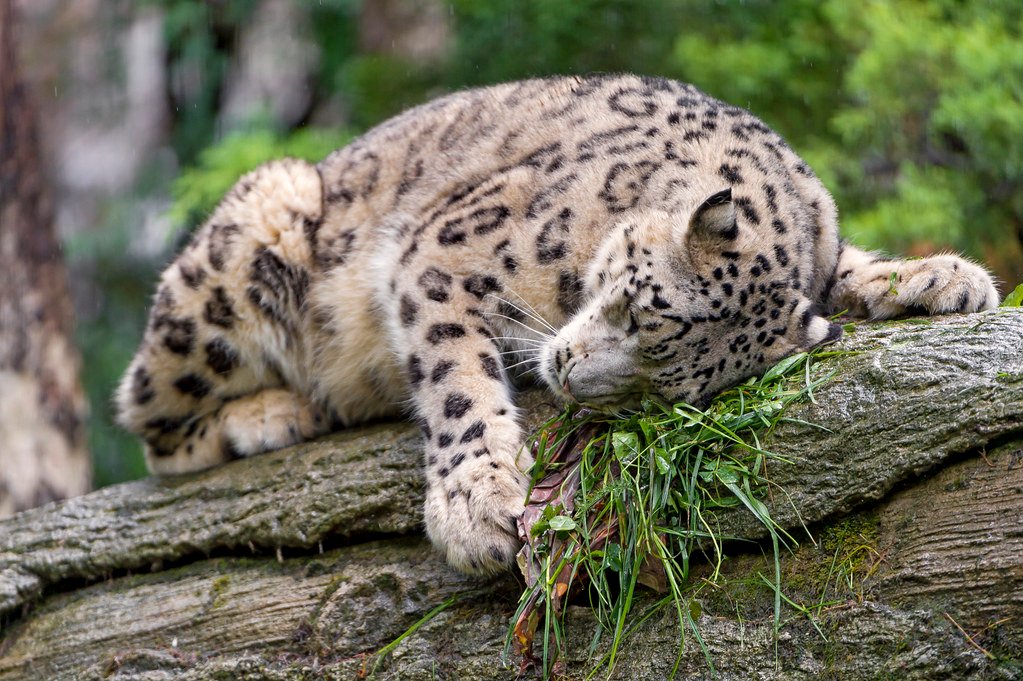
Jaguars break the mold by incorporating water into their territorial marking strategy. These powerful swimmers will spray mark along riverbanks and create scent trails that follow waterways through dense rainforests. Their jaw strength, capable of crushing turtle shells, also comes in handy for creating distinctive bite marks on trees.
Unlike other big cats, jaguars often mark their territory in wet conditions where scent doesn’t last as long. They compensate by marking more frequently and using multiple methods simultaneously. It’s like having a backup plan for your backup plan, ensuring their message never gets washed away by tropical storms.
Cheetahs: Speed Demons with Scent Highways
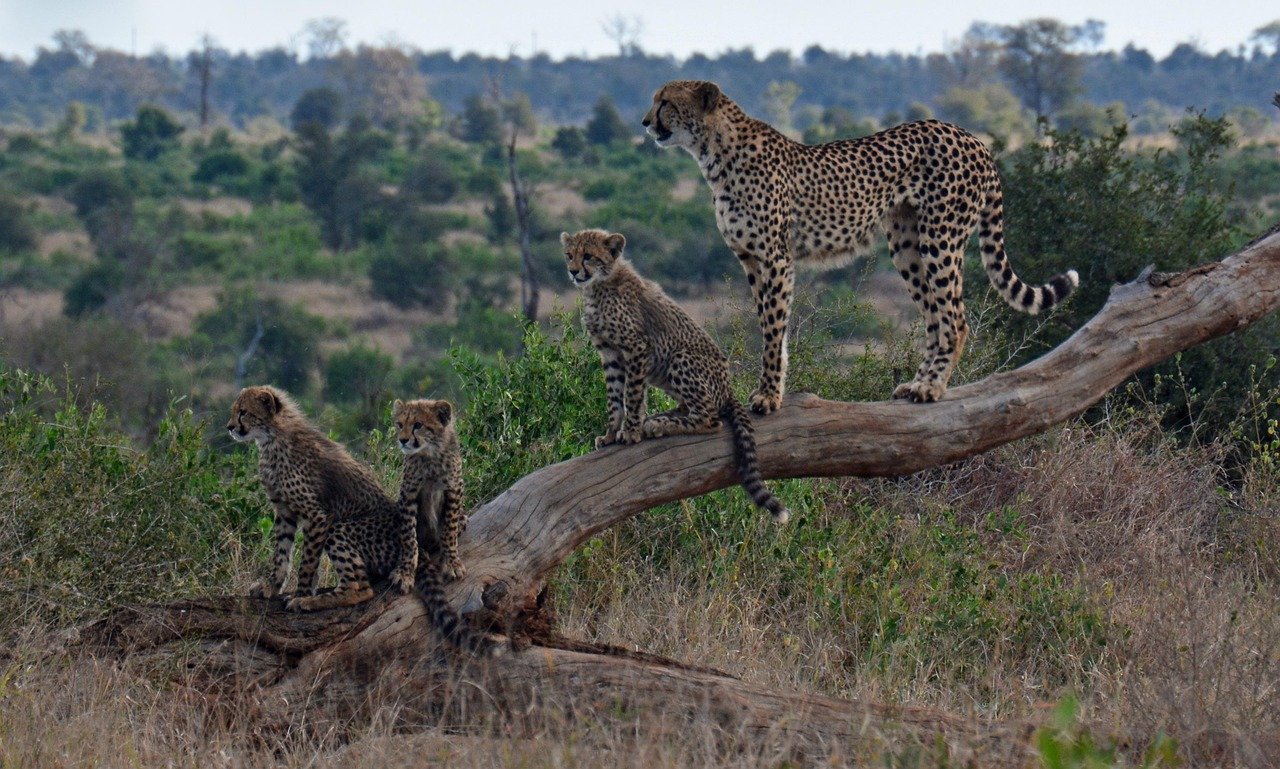
Cheetahs create scent highways across the African landscape, using termite mounds and prominent rocks as their personal billboards. These fastest land animals on Earth may lack the roar of their bigger cousins, but they make up for it with strategic scent placement and distinctive chirping calls.
What’s fascinating about cheetah marking is their community approach. Brothers often hunt together and share territories, creating overlapping scent maps that confuse rivals. They’ll spray mark in coordinated patterns, essentially creating a feline GPS system that helps them navigate their hunting grounds while avoiding conflicts with stronger predators.
Snow Leopards: Mountain Ghosts with Rock Signatures
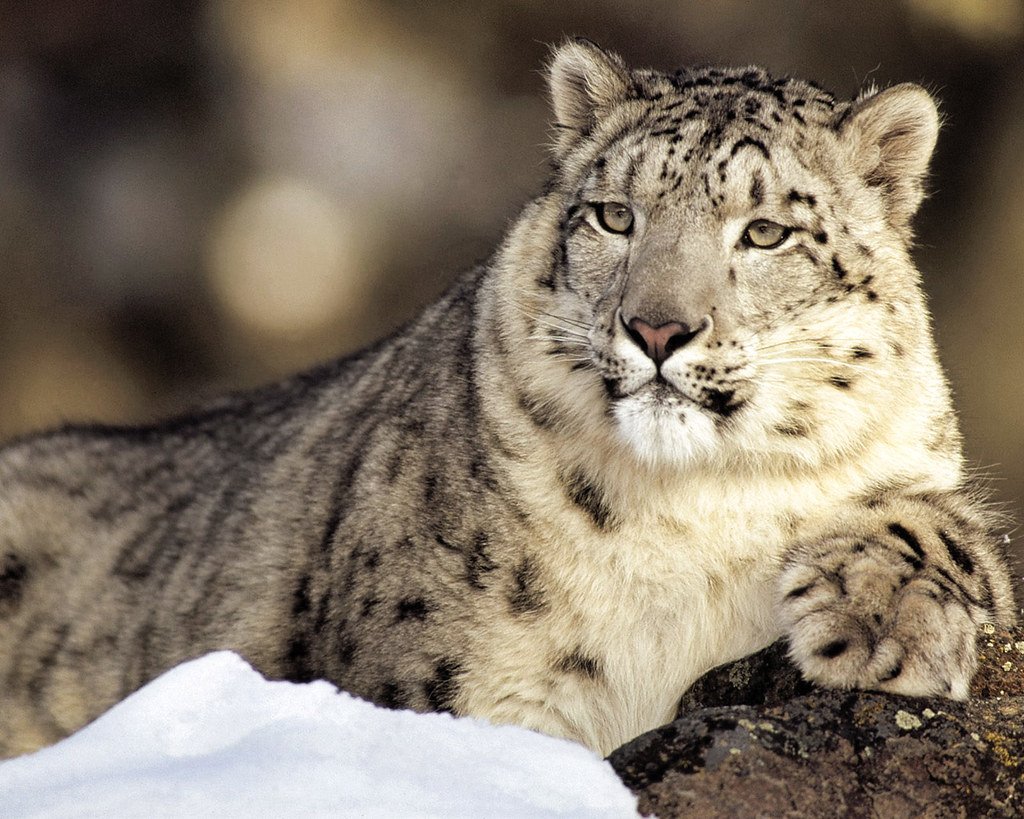
Snow leopards turn rocky outcrops into message centers, using their incredible climbing abilities to mark territory in seemingly impossible locations. These elusive cats spray mark on cliff faces and boulder fields, creating scent trails that follow mountain ridges through some of the world’s most inhospitable terrain.
Their marking behavior is perfectly adapted to harsh mountain conditions where wind and weather can erase scent quickly. Snow leopards compensate by choosing sheltered spots and marking more frequently during breeding season. They’re like mountain climbers leaving trail markers, except their markers tell other cats to stay away from their hunting grounds.
Pumas: The Scrape Masters
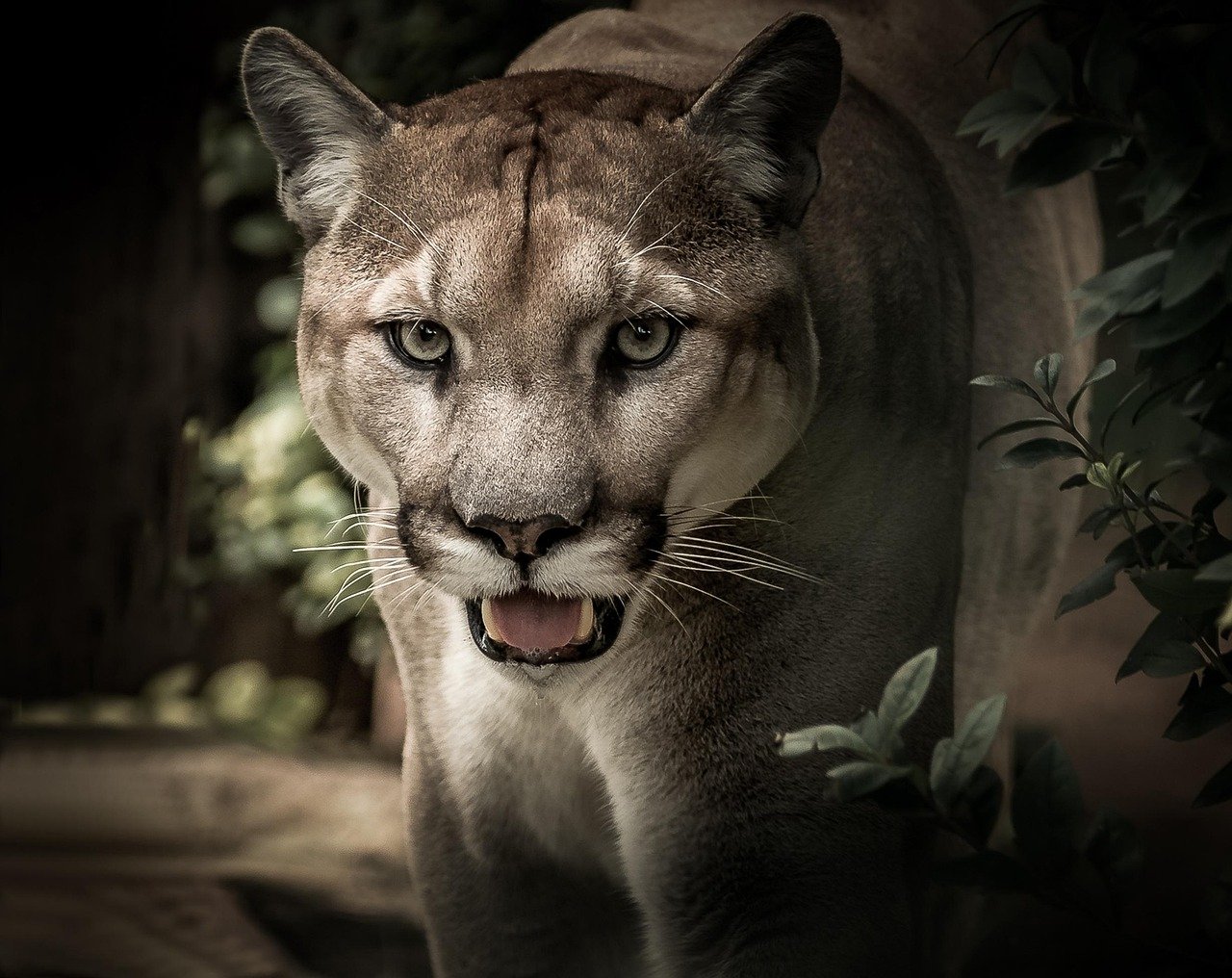
Pumas, also known as mountain lions or cougars, are the undisputed champions of scrape marking. These adaptable cats create small piles of dirt, leaves, and debris, then spray or defecate on top to create powerful scent markers. A single puma might maintain hundreds of these scrapes throughout their territory.
What makes puma marking remarkable is their attention to detail. They’ll carefully select locations with good drainage and wind exposure to maximize scent dispersal. It’s like setting up a network of communication hubs across their territory, each one broadcasting vital information about the resident’s presence and status to any passing cats.
The Science Behind the Spray
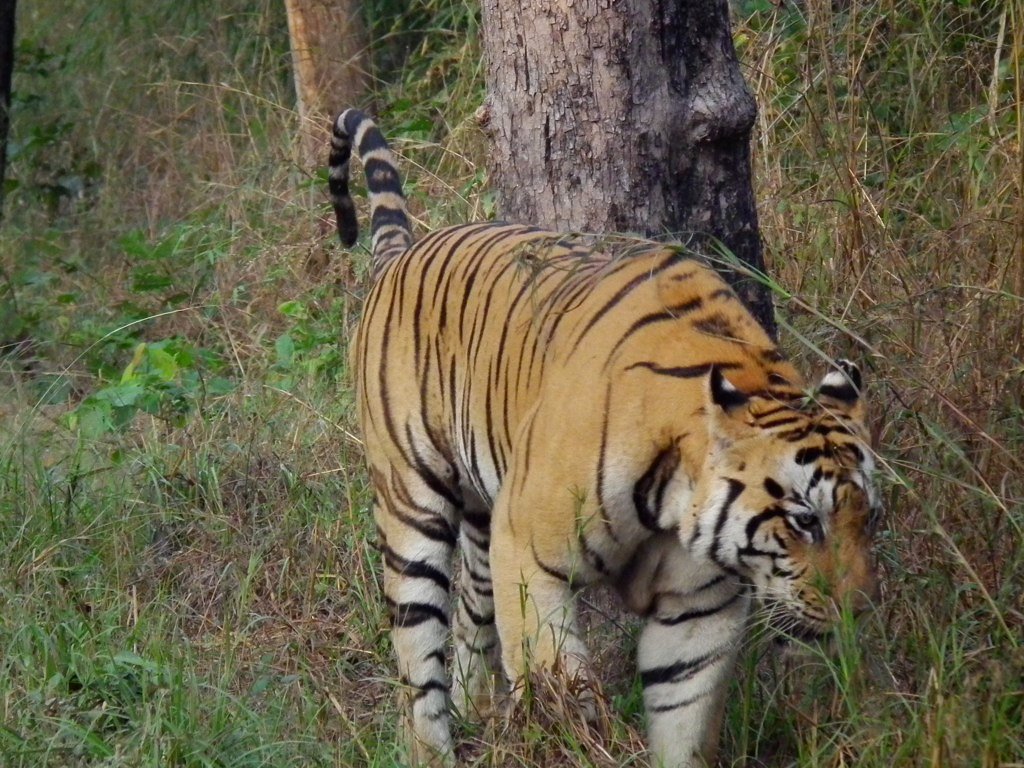
Big cat scent marking involves complex chemical communication that humans are only beginning to understand. These territorial markers contain information about the cat’s age, sex, health status, and reproductive condition. It’s like a biological résumé that other cats can read with their specialized scent-detecting organs.
The timing of marking behavior often coincides with hunting patterns and seasonal changes. During breeding season, marking intensity increases dramatically as cats advertise their availability and defend prime territory. Scientists have discovered that some big cats can distinguish between individual scent signatures, recognizing neighbors from strangers just by smell.
Territory Wars: When Marking Isn’t Enough
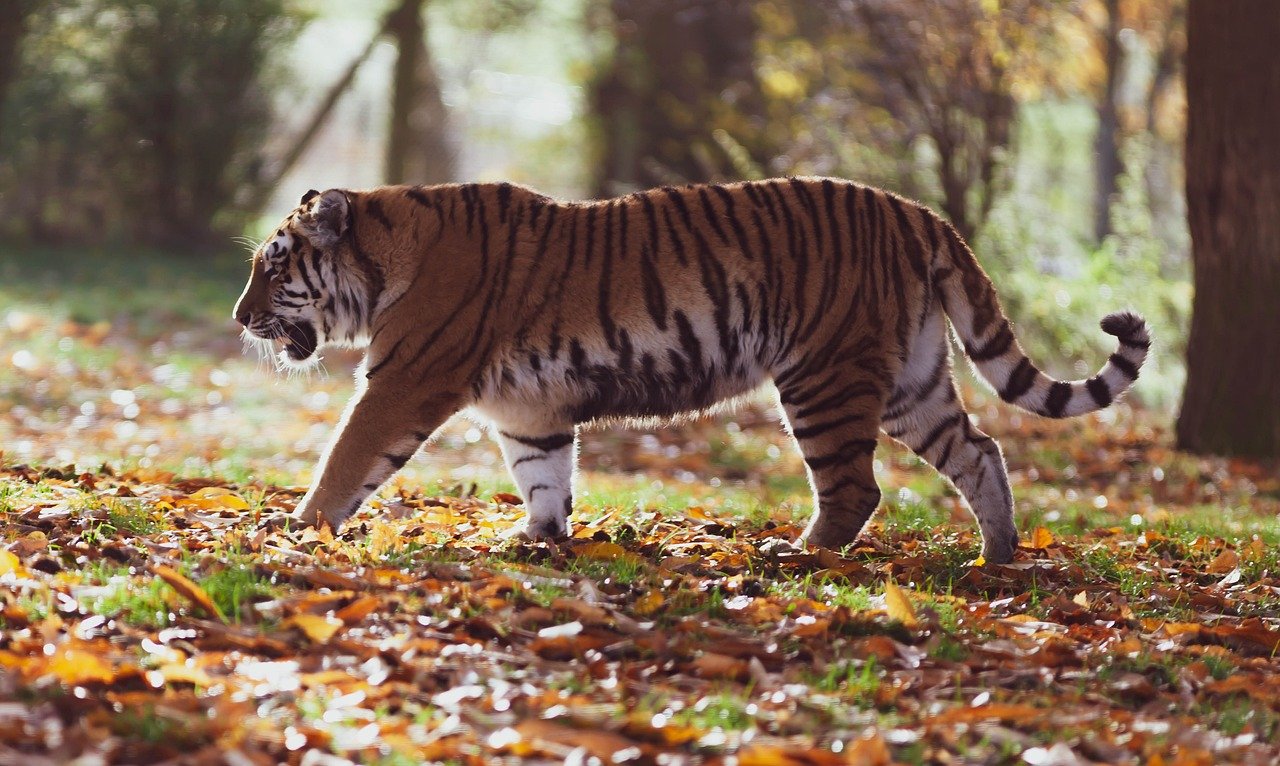
Despite all their marking efforts, big cats sometimes engage in territorial disputes that go beyond scent communication. These confrontations can be deadly, especially when resources are scarce or territories overlap. Male lions will fight to the death over prime hunting grounds, while leopards engage in nighttime battles that rarely end well for the weaker cat.
Territory size varies dramatically among big cat species, influenced by prey availability and habitat quality. A tiger in prey-rich mangrove forests might maintain a territory of just 20 square miles, while a leopard in arid regions could patrol an area ten times larger. It’s like comparing a luxury apartment in Manhattan to a ranch in Montana.
Human Impact on Big Cat Territories
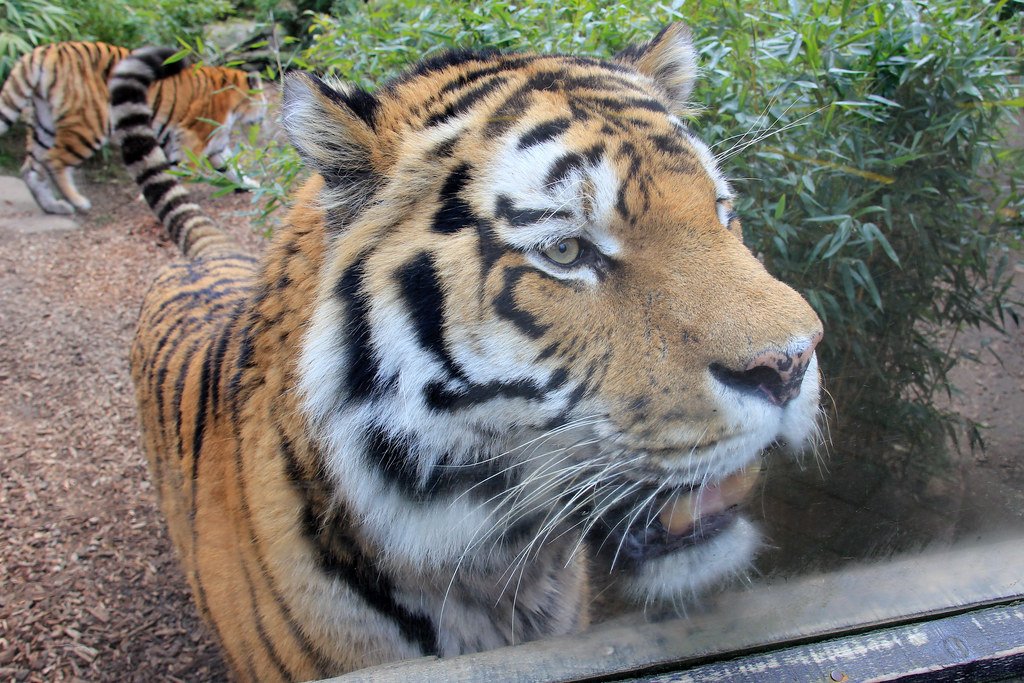
Human development has dramatically disrupted traditional big cat territorial systems, forcing these magnificent predators to adapt their marking behaviors. Roads, fences, and settlements create barriers that interfere with scent communication, leading to increased conflicts and territorial confusion. Some cats have learned to mark human-made structures, turning fence posts and road signs into territorial markers.
Conservation efforts now focus on creating wildlife corridors that allow big cats to maintain their natural territorial behaviors. These green highways enable cats to move between fragmented habitats while maintaining their essential marking routines. It’s like building bridges for territorial communication, ensuring these apex predators can continue their ancient rituals in our modern world.
The Future of Big Cat Territories
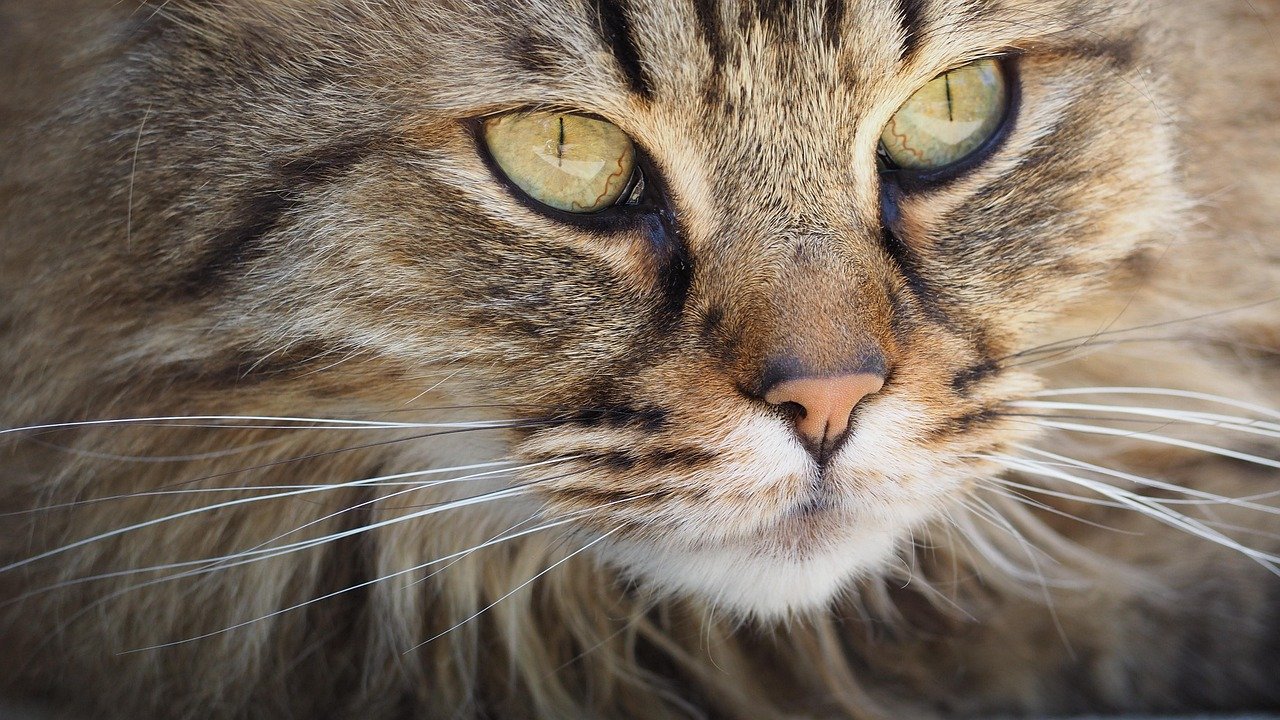
Climate change and habitat loss are forcing big cats to rethink their territorial strategies. As prey patterns shift and water sources disappear, these adaptable hunters must expand their territories or change their marking behaviors entirely. Some species are already showing remarkable flexibility, adjusting their territorial boundaries based on seasonal changes and human activity.
Technology is now helping researchers understand big cat territorial behavior like never before. GPS collars and trail cameras reveal the intricate details of marking patterns, showing us how these incredible animals navigate their complex social worlds. Each new discovery reminds us that big cats are far more sophisticated than we ever imagined, using their territories as three-dimensional communication networks that span continents.
Conclusion
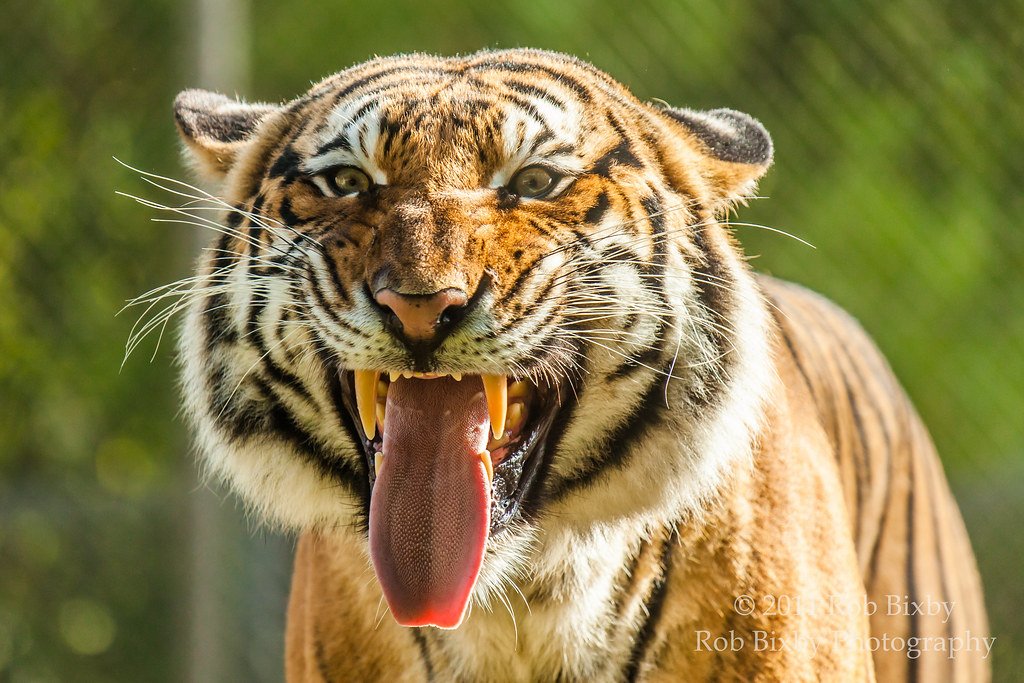
Big cats have evolved remarkable territorial marking systems that go far beyond simple scent marking. From lions’ thunderous roars to pumas’ carefully constructed scrapes, each species has developed unique strategies for claiming and defending their space. These territorial behaviors reveal the complex social intelligence of our planet’s apex predators.
Understanding how big cats mark their territories helps us appreciate the delicate balance of wild ecosystems and the importance of conservation efforts. As we continue to encroach on their habitats, these magnificent creatures remind us that sharing space requires respect and understanding. Which of these territorial marking behaviors surprised you the most?
Hi, I’m Bola, a passionate writer and creative strategist with a knack for crafting compelling content that educates, inspires, and connects. Over the years, I’ve honed my skills across various writing fields, including content creation, copywriting, online course development, and video scriptwriting.
When I’m not at my desk, you’ll find me exploring new ideas, reading books, or brainstorming creative ways to solve challenges. I believe that words have the power to transform, and I’m here to help you leverage that power for success.
Thanks for stopping by, Keep coming to this website to checkout new articles form me. You’d always love it!






